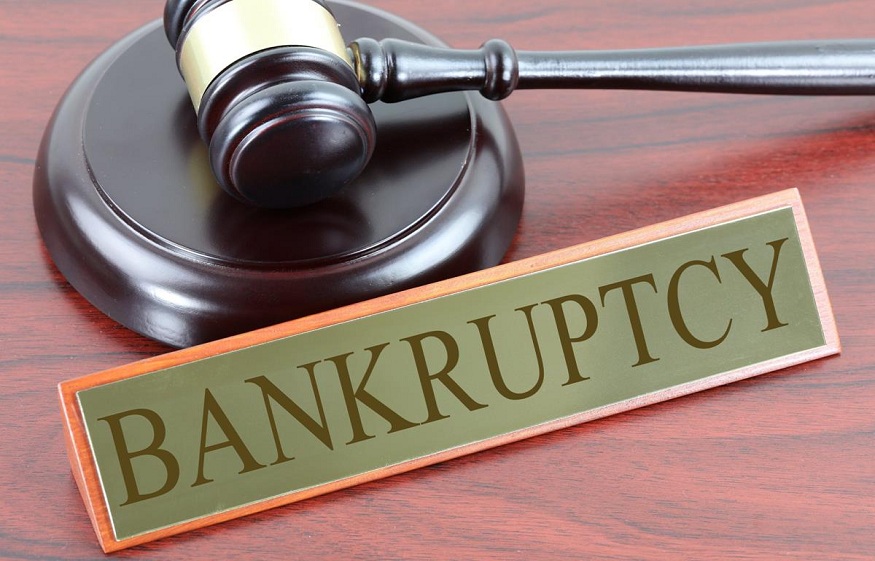
To file for bankruptcy, you must demonstrate to the court that you can’t pay your debts. A court trustee examines your assets and debts and decides whether to discharge all or part of them. The court may also order you to set up a payment plan or sell some of your assets to pay some of them.
What Are the Types of Bankruptcy?
There are several types of bankruptcy that individuals and businesses can file for, depending on their specific circumstances. The most common types include Chapter 7 (a.k.a., liquidation), Chapter 11, and Chapter 13 bankruptcy, but your bankruptcy attorney will determine which is right for you.
Chapter 13 Bankruptcy
Individuals can file for bankruptcy under Chapter 13 if the court approves a plan for them to repay some or all their debts over a three- to five-year period. You’re also given time to bring your mortgage current,but you must adhere to a strict budget that’s supervised by the court and accept a monthly payment schedule.
If you owe less than $465,275 in unsecured debt (debt without a security interest – e.g., home, car) and less than $1,395,875 in secured debt (the collateral these debts are backed by can be taken by the lender in foreclosure or repossession – e.g., car or home loans), you’re eligible to file for Chapter 13 bankruptcy.
Sadly, most people who file for Chapter 13 can’t make their payments because they haven’t really changed their spending patterns, so they end up switching to Chapter 7.
Chapter 7 Bankruptcy
Chapter 7 is the most common type of bankruptcy for individuals. All your assets are sold by the court so that you can use the proceeds to pay off as much debt as possible. The remaining debt is typically forgiven.Depending on the outcome of the case, you might lose both your car and your house. The court only needs to determine that you don’t earn enough money to pay off your debt for you to be eligible for Chapter 7 bankruptcy.
How to File for Bankruptcy
Ask any bankruptcy attorney about the bankruptcy filing process,and they’ll tell you that the process is straightforward. Here’s what you’ll need to do:
- Determine the type you should file for.
- Collect and arrange evidence proving you can’t pay off your debts.
- Attend a course on credit counseling.
- Finish completing the bankruptcy paperwork.
- Make sure you have money set aside for fees (e.g., a bankruptcy attorney filing).
- File your bankruptcy documentation.
- Deliver all required paperwork to your bankruptcy trustee.
- Attend a 341 hearing and speak with this trustee.
- Enroll in a debtor education program.
- Complete the bankruptcy procedure.
- Rebuild your life.
What Documents Do You Need to File for Bankruptcy?
Bankruptcy involves a ton of paperwork, forms, and documents. Initially, your bankruptcy attorney will want you to gather the following:
- Tax returns (2 years’ worth for Chapter 7, 4 years’ worth for Chapter 13)
- Income records
- Information regarding any mortgages
- Vehicle details
- Retirement details
- Statements of bank accounts
- Identification
- Additional proof of any outstanding debts or expenses
What Happens When You File for Bankruptcy?
Creditors must temporarily cease all attempts to collect money from you if you file for bankruptcy. After you file, most creditors can’t contact you. However, the courts have the authority to order you to repay some debts even if you file for bankruptcy.
Weller Legal Group in Clearwater, FL,explains that bankruptcy can provide relief for various types of debt, but not all debts can be discharged in this way. Therefore, it’s crucial to consult with a knowledgeable bankruptcy attorney who can guide you through the complexities of your specific situation and help determine which debts can be addressed through the bankruptcy process. Remember that bankruptcy is a legal tool designed to provide you with a fresh start, but you must approach it with careful consideration and the help of a bankruptcy attorney, so contact them today.






